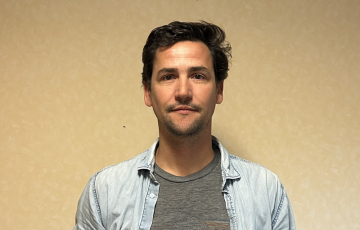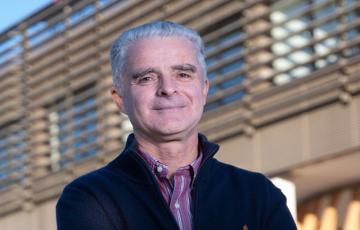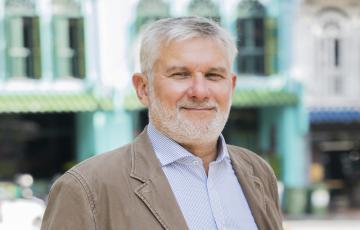“I was struck by Marseille's hyperconnectivity – a major asset”

Gilles Ballerat: SNCF assets officer
Gilles Ballerat was invited on September 17 and 18 by Provence Promotion, Euroméditerranée and the ADI professional association of real-estate managers, to discuss the future of office real estate, gaining fresh insights into Aix and Marseille in the process. Having been Director of SNCF subsidiary Gares & Connexions Méditerranée from 2009 to 2013, he continued his professional career in Paris as Director of Services and Operations at Gare & Connexions for six years before taking up his post managing SNCF's assets.
You participated in a symposium in Aix and Marseille on the future of office real estate, which brought together real estate directors from major groups. Did your time here afford you any fresh perspectives on this metropolitan area?
Gilles Ballerat: When Marseille was a European Capital of Culture in 2013, we redeveloped the forecourt area of the Saint-Charles railway station, turning Square Narvik into a venue for exhibitions and events. I left for Paris just as the changes were becoming visible to the general public. This symposium showed me Marseille in a different light.
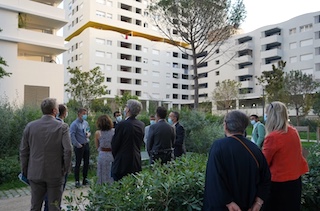 I was struck by the discovery of “Smartseille” – the new district fed by a cold and hot seawater exchange network. Cities develop many prototypes and POCs, but ultimately, few projects really succeed. On the one hand, there are people who think... and on the other, people who build.
I was struck by the discovery of “Smartseille” – the new district fed by a cold and hot seawater exchange network. Cities develop many prototypes and POCs, but ultimately, few projects really succeed. On the one hand, there are people who think... and on the other, people who build.
Smartseille has the advantage of a major technological innovation supported by redesigned approaches to life encouraging a mix of solutions, such as sharing parking spaces between employees and residents. I was amazed by Euroméditerranée's ability to transform the district through its rapid implementation of sustainable development solutions.
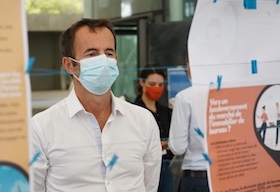 At the symposium, Marseille was presented as a world-class telecoms hub. Do you believe digital connectivity is as important as physical connectivity?
At the symposium, Marseille was presented as a world-class telecoms hub. Do you believe digital connectivity is as important as physical connectivity?
Gilles Ballerat: That was my other major discovery at the symposium: Marseille's hyper-connectivity via submarine telecommunications cables. The extremely professional two-day introduction program put together by Provence Promotion gave an insight into this point of difference.
I was not aware that the city had risen to ninth place among the world's communication hubs. This is a very significant asset for Marseille, which has been acclaimed for its quality of life through the transformation of tertiary sector services. Aix-Marseille now becomes a credible player in this new work paradigm. The pandemic will increase the attractiveness of certain metropolitan areas. The emphasis will now be on quality of life at work and residents’ comfort, combining economic factors with a lower price per square meter than in Paris. It is becoming vitally important to be connected to decision-making centers while at the same time enjoying an attractive living environment next to the sea and not far from the mountains. And, I would add, the quality of education, which is a key criterion in mobility decisions – and, of course, the quality of rail connections!
Yes, when did the tipping point come?
Gilles Ballerat: Marseille – like Strasbourg, Bordeaux and Rennes – has taken advantage of the “TGV connection effect” which has considerably reduced travel times to and from Paris, making it possible for companies to envisage setting up operations in the provinces. The TGV train plays a role in making the regions it serves more attractive. It is a wealth-driving factor as it encourages the settlement of companies and individuals. More than ever, the train has a key contribution to make in regional expansion.


 +33 4 96 11 60 00
+33 4 96 11 60 00





